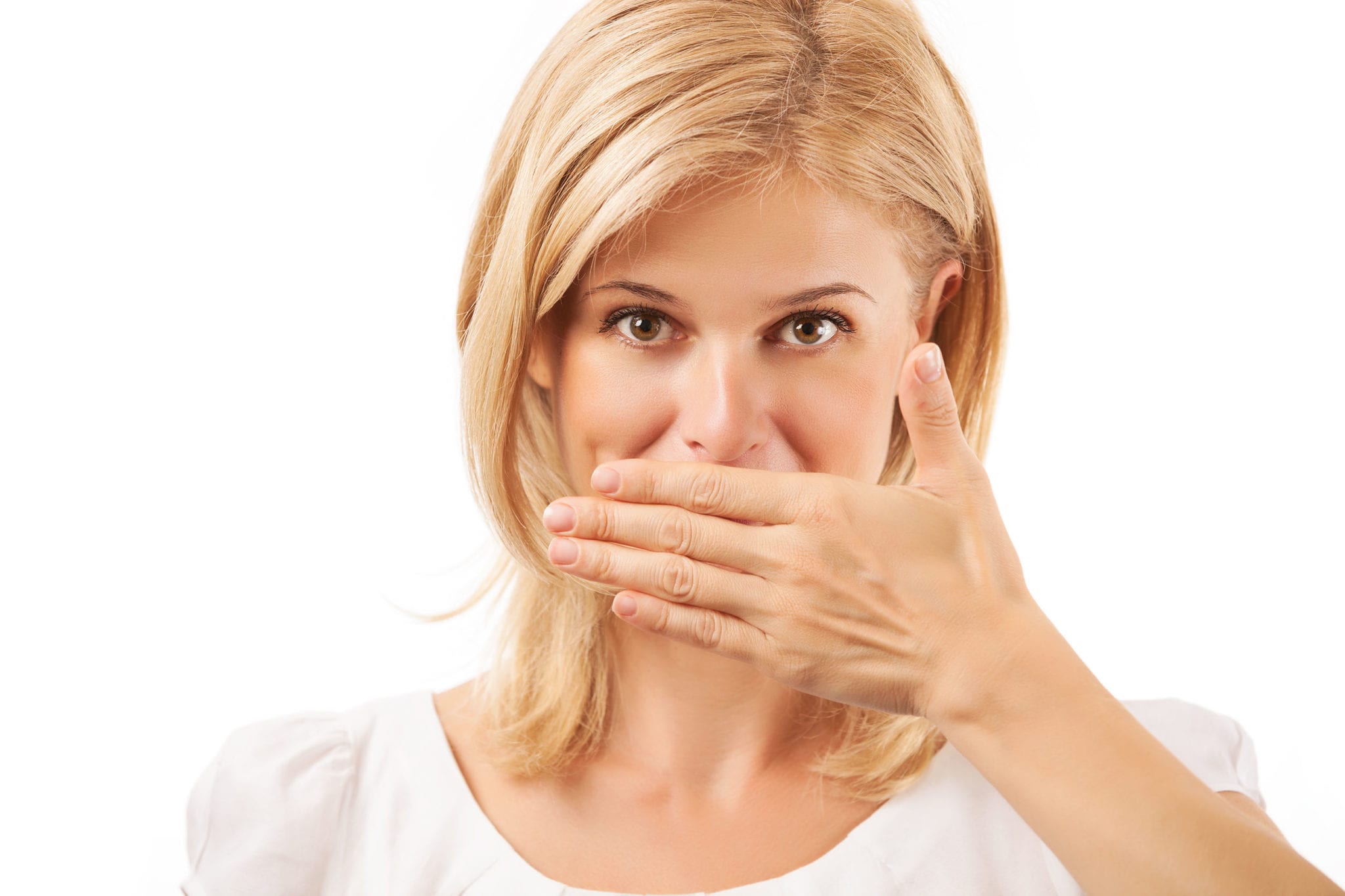7 Oil Pulling Risks To Avoid Now

Oil pulling, an ancient Ayurvedic practice, has gained popularity worldwide for its supposed oral health benefits. The technique involves swishing oil around in your mouth to allegedly remove bacteria, reduce bad breath, and even whiten teeth. However, like any health practice, it’s crucial to be aware of the potential risks and limitations. Here are 7 oil pulling risks to avoid now.
1. Gagging and Choking Hazards
One of the most immediate risks of oil pulling is the potential for gagging or choking, especially if you’re not used to having oil in your mouth. The sensation can be overwhelming, and if you gag, you might inadvertently inhale some of the oil into your lungs, which could lead to lipoid pneumonia—a serious condition. To mitigate this risk, start with small amounts of oil and gradually increase the volume as you become more comfortable with the practice.
2. Allergic Reactions
Some individuals might be allergic to certain types of oil used in oil pulling, such as coconut, sesame, or sunflower oil. An allergic reaction could manifest as mouth sores, itching, redness, or swelling of the gums, tongue, or lips. Before beginning oil pulling, perform a patch test on a small area of your skin to check for any adverse reactions. If you experience any symptoms, discontinue use and consult a healthcare professional.
3. Interaction with Dental Work
Oil pulling might not be suitable for everyone, especially those with certain types of dental work. For instance, if you have dentures, implants, or crowns, the oil could potentially loosen these structures over time. Additionally, oil pulling might not be as effective for people with extensive dental work, as the oil may not be able to reach all areas of the mouth. Consult with your dentist before starting oil pulling, especially if you have any concerns about your dental work.
4. No Substitute for Regular Oral Hygiene
One of the most significant risks associated with oil pulling is the misconception that it can replace regular brushing, flossing, and dental check-ups. Oil pulling should be seen as a supplementary practice, not a replacement for standard oral hygiene routines. Failure to maintain good oral hygiene practices alongside oil pulling could lead to cavities, gum disease, and other dental issues.
5. Potential for Increased Cavities
There’s ongoing debate about whether oil pulling can actually help prevent cavities or if it might have the opposite effect. Some dentists argue that the oil could potentially trap bacteria against the teeth, increasing the risk of cavities if good oral hygiene practices are not followed. To minimize this risk, always brush and floss your teeth thoroughly after oil pulling and maintain regular dental check-ups.
6. Lipoid Pneumonia Risk
As mentioned earlier, one of the serious risks of oil pulling is the potential for lipoid pneumonia if oil is accidentally inhaled into the lungs. This condition can be severe and requires immediate medical attention. To avoid this, make sure to spit out the oil into a trash can (to avoid clogging drains) and rinse your mouth thoroughly with warm water after each oil pulling session.
7. Lack of Scientific Evidence
Despite its popularity, there’s a lack of robust scientific evidence to support many of the claimed benefits of oil pulling. Most of the existing research has methodological limitations or is based on small-scale studies. While some people report positive experiences with oil pulling, it’s essential to approach the practice with a critical and nuanced perspective, recognizing both its potential benefits and limitations.
Conclusion
Oil pulling can be a useful addition to your oral hygiene routine when practiced correctly and in conjunction with regular brushing, flossing, and dental visits. However, it’s crucial to be aware of the potential risks and take steps to mitigate them. By understanding these risks and maintaining a balanced approach to oral health, you can enjoy the benefits of oil pulling while minimizing its drawbacks.
FAQ Section
What is the best oil for oil pulling?
+The choice of oil for oil pulling can depend on personal preference and specific oral health needs. Coconut oil is popular due to its antimicrobial properties, while sesame oil is often recommended in Ayurvedic practices for its purported health benefits. Always choose high-quality, pure oil and consult with a healthcare professional if you have specific concerns.
Can oil pulling replace my regular mouthwash?
+No, oil pulling should not replace your regular mouthwash. Oil pulling is meant to be a supplementary practice that can help reduce bacteria and bad breath, but it does not contain the fluoride or other ingredients that mouthwashes have to prevent cavities and strengthen tooth enamel. Use oil pulling in addition to, not instead of, your regular oral hygiene routine.
How often should I practice oil pulling?
+The frequency of oil pulling can vary depending on your oral health goals and current condition. Some practitioners recommend oil pulling daily, preferably in the morning before brushing your teeth, for about 15-20 minutes. However, if you’re new to oil pulling, you might start with 5 minutes a day, a few times a week, and gradually increase the duration and frequency as you become more comfortable with the practice. Always listen to your body and adjust your routine accordingly.

